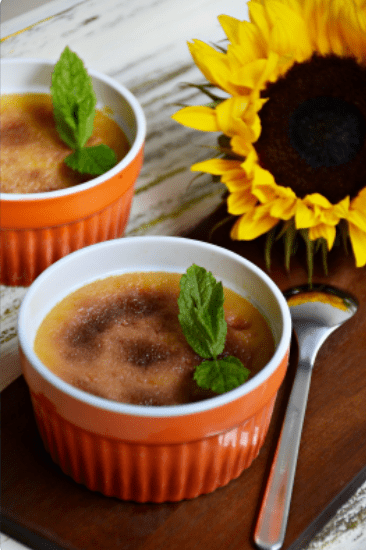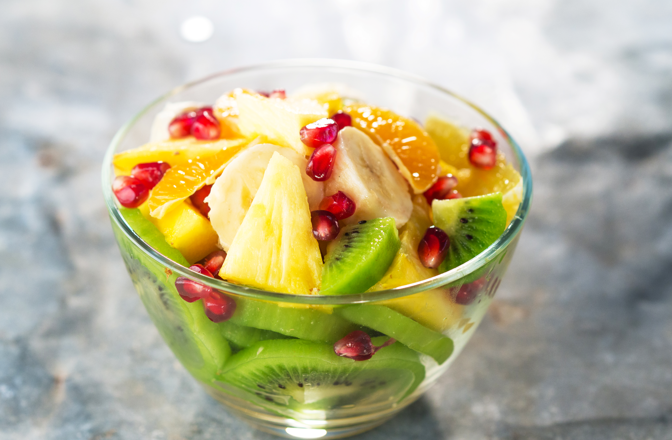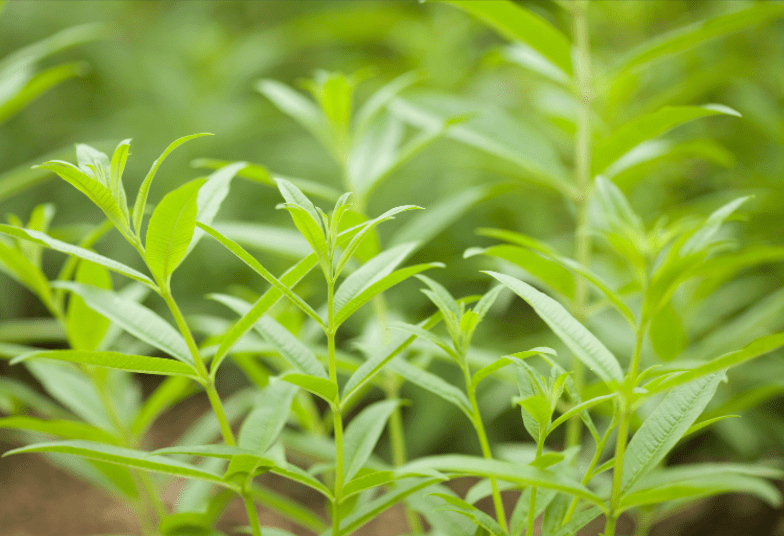Lovely Lemon Verbena
Lemon verbena is one of the plants that everyone should have in their garden. This verbena is not a glamorous plant, which is likely why everyone likes it.
Surely it is one thing to be impressed by a plant when you first see it or even pass it on your daily commute, but it’s an entirely different story when you have to live with it.
Each day, the heart will grow fonder of lemon verbena (Aloysia triphylla) due to its proximity. This plant will invariably end up in a corner or on the side of your garden, as lemon verbena insists on remaining in the background.
And yet, when family or friends visit, and you have nearly completed the extensive tour of your garden – once the roses have been sufficiently admired, the exotics from distant continents cooed over, the tomatoes tasted, and the Natives of California accorded their due.
You will stop and exclaim in front of the lemon verbena., “Now, this is something truly unique!” As a result, you will notice shrugged shoulders and bewildered expressions as the plant contradicts conventional notions of botanical beauty.
Then you will instruct them to select a leaf, crush it between their fingers, and smell it. In an instant, bewilderment will transform into appreciation, and eyes will widen.
Your guests will enthusiastically ask, “What kind of plant is this?!”
According to olfactory experts, no plant has a stronger lemony scent than lemon verbena. Its crushed leaves emit a lemony fragrance that could have escaped Chanel’s perfumery. Its leaves are frequently utilized for tea, cake flavoring, and potpourri.
Growing Lemon Verbena
Lemon verbena (Aloysia triphylla) requires slightly more water than the average Los Angeles garden plant.
Although the Sunset Western Garden Book suggests planting it in direct sun, it can tolerate part shade.
Gardeners in the Valley can conserve water without sacrificing much growth by planting it in half-day or slightly filtered sun.
This plant’s susceptibility to aphids and whiteflies is the only risk of reducing its exposure to sunlight.
Three whorls of simple, linear leaves encircle the stems of lemon verbena. It may reach 10 feet in height and has a shapeless, undefined growth pattern.
Its ornamental value is limited, in part as a result of its semi-deciduous growth habit, which causes leaf yellowing and some leaf drops during the winter.
As with most herbs, the leaves are most fragrant when the plant is in flower, which occurs in late summer or fall. Large panicles of white and pale violet flowers appear at the shoot tips. Lemon verbena requires minimal pruning.
In Los Angeles, lemon verbena can be grown outdoors, but it should not be used in the Antelope Valley, where a harsh winter could kill it.
However, it makes an excellent container specimen and can be grown successfully in a bright, airy room.
It also thrives on patios and balconies that receive moderate sun. Soil should be moderately water-retentive to well-drained.
Few viable seeds are produced by lemon verbena flowers. Rarely do those that are produced germinate.
Instead of seeds, gardeners should begin with young lemon verbena transplants. Plant seedlings between 12 and 18 inches apart.
If you prefer, you can learn it to expand against a facade, fence, or trellis.
Lemon Verbena Harvesting
Lemon verbena has the highest oil concentration per square inch of plant material among lemon-scented herbs.
Bitterness-free, this plant is a popular addition to beverages, baked goods, and anywhere you would use lemon zest.
Once the plant reaches at least ten inches in height and has multiple leaves on each stem, collect the leaves.
The leaves of lemon verbena are at their most flavorful when they are in bloom. However, refrain from simply plucking leaves from a stem; the stem must be cut back to within a quarter of a leaf or node.
When harvesting, remove no more than one-fourth of the stem so that the plant can continue to grow.
Because the leaves are tough, they must be finely chopped before consumption. You can also add whole leaves to sauces, oil, sugar, and tea.
The tiny blossoms of lemon verbena are also fragrant and can be utilized similarly to the leaves.
Growing Lemon Verbena in Containers
Cultivating lemon verbena in a container is ideal for year-round cultivation in colder regions; container-grown lemon verbena is also more manageable than ground-grown plants.
Choose a container made of any material, but make it twice as large as the root ball. The container must have multiple drainage holes.
Add potting soil enriched with slow-release fertilizer, leaf mold, or compost to ensure a healthy start.
Keep the container in full sun, water it daily, and fertilize it with a general fertilizer every few months.
If the container is kept outdoors, bring it indoors once the temperature drops below 40 degrees Fahrenheit.
Pruning
Lemon verbena in containers rarely grows taller than two or three feet, but in frost-free climates, the shrubs can reach eight feet.
Over time, shrubs can become woody, lanky, and generally worn-out-looking. In early spring, prune plants by one-third to one-half to promote denser, bushier, and thicker growth.
Reproduction of Lemon Verbena
If you enjoy the scent of lemon on your property, propagating lemon verbena from an existing bush will allow you to enjoy the scent more frequently.
If you use its leaves often for potpourri, tea, or other recipes, you can save money by cultivating your supply rather than purchasing them from a retailer.
Comparable to those other woody herbs, such as rosemary and lavender, lemon verbena is propagated by taking semi-ripe cuttings in the summer.
Fabulous Recipes With Lemon Verbena
Gardeners know lemon verbena, that fast-growing shrub with a citrusy scent often carried by an evening breeze.
A relative of Mexican oregano, the herb was first cultivated by Chileans, who taught the English how to steep a fresh sprig or two for an easy and refreshing herbal tea.
Its slightly green lemon flavor can be used in drinks and salads, but it’s most often found in desserts, like this updated creme brulee from the Manhattan Ocean Club.
LEMON VERBENA CREME BRULEE

Serves 6-8
Because these cook at a low temperature, you don’t need a water bath. Although the flavor isn’t quite the same, you can also replace the fresh herb with a little more of it dried (called French vervain, it’s often found in the tea section).
Ingredients
- 1-quart heavy cream
- 11 ounces of whole milk
- 1 cup sugar, plus extra
for garnish - 17 grams of fresh lemon verbena (about 3 whole stems with leaves)
- 11 egg yolks
Method
- Preheat the oven to 200.
- Bring cream, milk, and sugar to boil; remove from heat and add verbena. Cover pot and steep for 10 minutes.
- Strain to remove the verbena and chill.
- When completely cool, whisk in egg yolks.
- Arrange 6-8 shallow, 8-ounce oven-safe ramekins on a baking sheet.
- Fill completely to the top.
- Bake for about 1 hour or until ramekin contents jiggles uniformly, like Jell-o. The center will set last, so keep your eye there.
- Serving option, sprinkle tops with sugar and place under a broiler for about a minute, until sugar caramelizes and turns amber.
- Cool momentarily and serve.
Lemon Verbena Adds Dash To Fruit Salad
Lemon verbena has a lovely flavor in fruit salad and punches. Go easy on its use, though, as it is potent and can easily overpower the other flavors.
A dried sprig of lemon verbena inserted in an excellent white wine vinegar will add much flavor and improve the appearance of the vinegar.
These make great wedding shower gifts, along with a nice herbal cookbook.
Personalize the vinegar by adding a handwritten label tied with raffia describing the contents.
Try a fruit salad with a few crushed leaves of lemon verbena and get hooked on this lovely plant.
Fruit Salad with Lemon Verbena

- 1 cup (250 mL) strawberries, sliced
- 1/2 cup (125 mL) apricots, sliced and pitted
- 1/4 cup (50 mL) cherries, pitted and halved
- 1/4 cup (50 mL) kiwi, peeled and sliced
- 1/4 cup (50 mL) banana, peeled and sliced
- 1/4 cup (50 mL) pineapple, peeled and cubed
- 1 tablespoon (15 mL) honey (optional)
- 2 or 3 leaves of fresh lemon verbena, crushed to release the flavor. (You may reduce or add to the amount according to your taste).
- Top each serving with plain or vanilla yogurt.
- Garnish with a slice of strawberry and lemon verbena leaf.





























